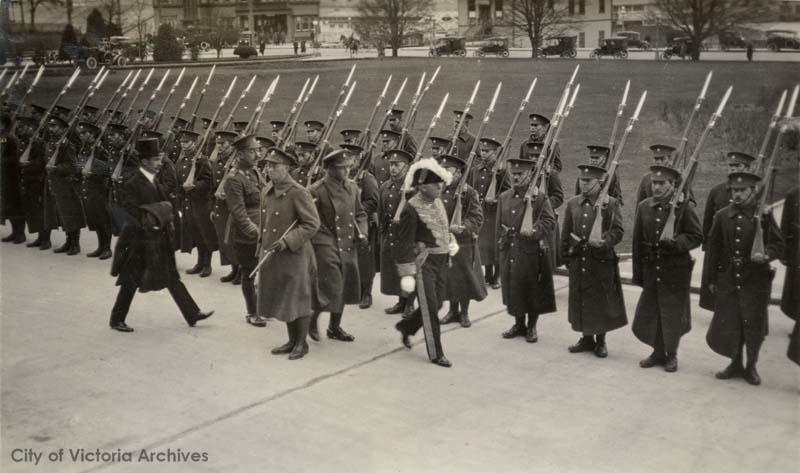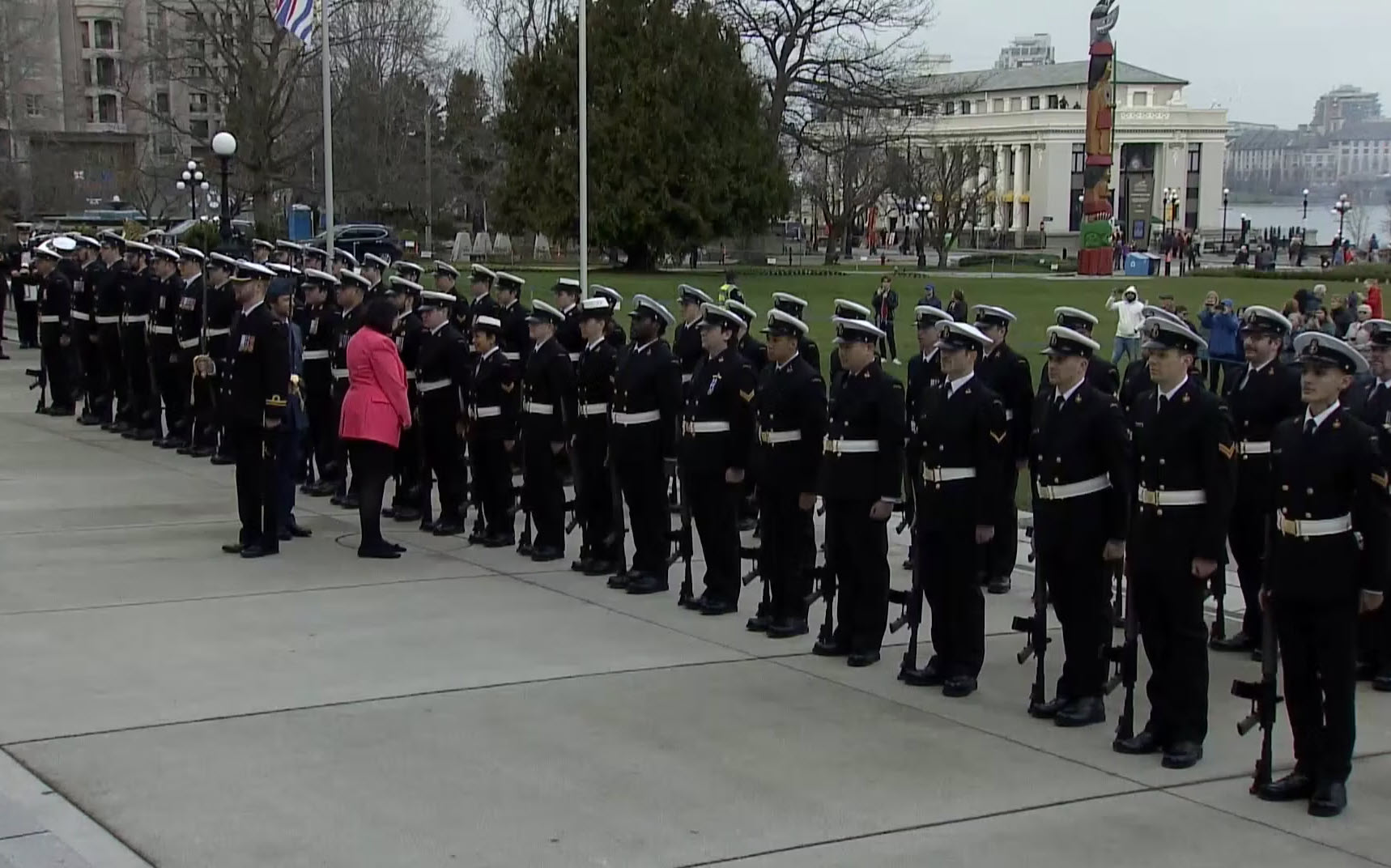Traditionally, the opening of each new legislative session has been at the discretion of the government. Yet once this date is determined and subsequently arrives, Members of the Legislative Assembly convene at the Parliament Buildings in Victoria, as this first day of the new session is when the Speech from the Throne is delivered by the Lieutenant Governor.
Written by the government, the throne speech states the “causes of summoning Parliament” - that is, why Parliament is being assembled for this new session. It sets forth in some detail the government’s views on the condition of the province and provides an indication as to what legislation it intends to bring forward, along with its policy priorities for the upcoming session.
The day of the Speech from the Throne is typically rich with ceremony and tradition. Cannons are brought into Victoria's inner harbour for a 15 gun salute that is carried out as the Lieutenant Governor inspects a Guard of Honour on the front driveway of the Parliament Buildings. The Lieutenant Governor then enters the Parliament Buildings through the Ceremonial Entrance and proceeds to the Legislative Chamber where MLAs, their invited guests, and members of the press have assembled to hear the speech.
Once the Speech from the Throne has been delivered, MLAs have up to six sitting days to debate the government's goals for the year ahead. This debate is called the Address in Reply to the Speech from the Throne, and is started by a government motion supporting the throne speech. Opposition Members may take this opportunity to propose amendments critical of the priorities outlined by the government in the throne speech. The vote on whether to adopt such an amendment is very important, as it displays the Legislative Assembly's support for the government. If a government loses the vote, they are said to have lost the confidence of the Legislative Assembly and, by tradition, must resign.

_
The Legislative Assembly “sits” (meaning it is in session) for only part of the year (typically February through May and in October and November), as outlined in the Standing Orders. When the Assembly is not in session, MLAs work in their constituencies, advising and helping their constituents in accessing government programs and services.

